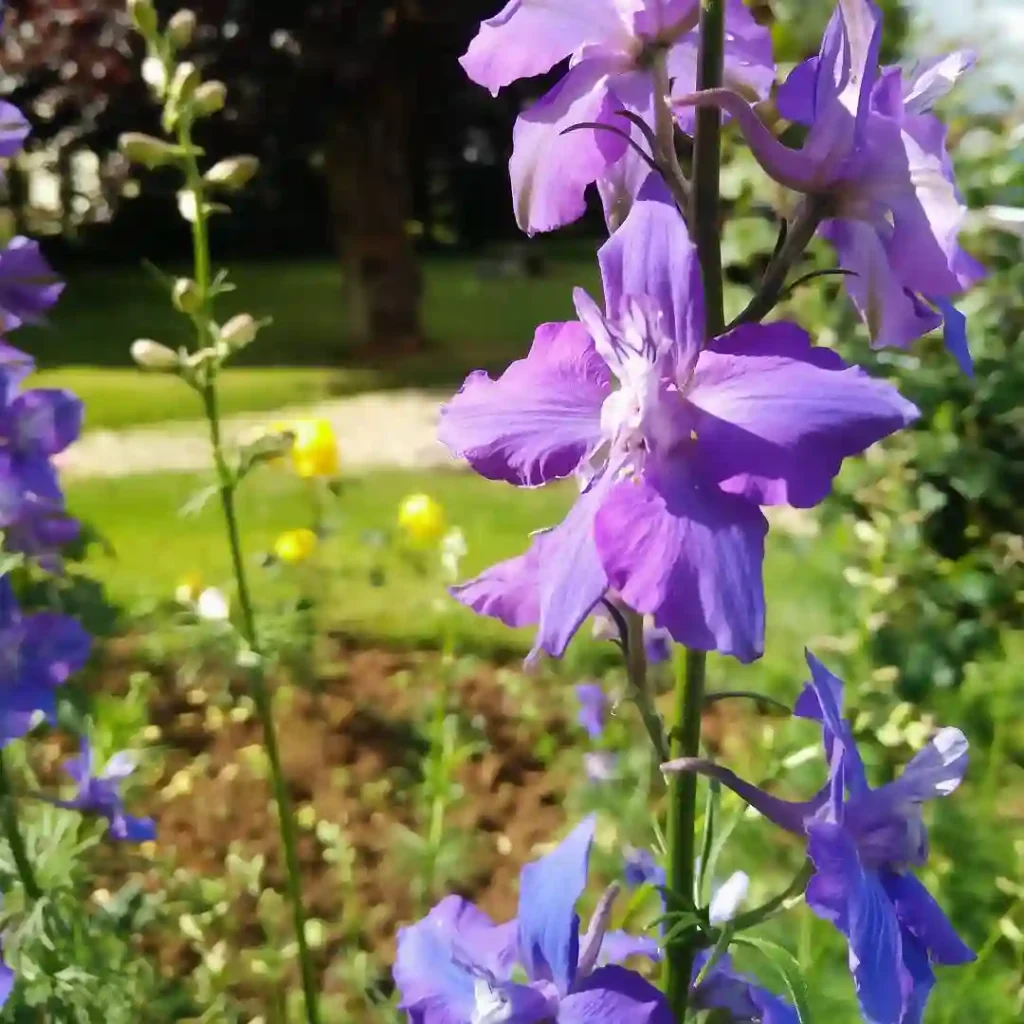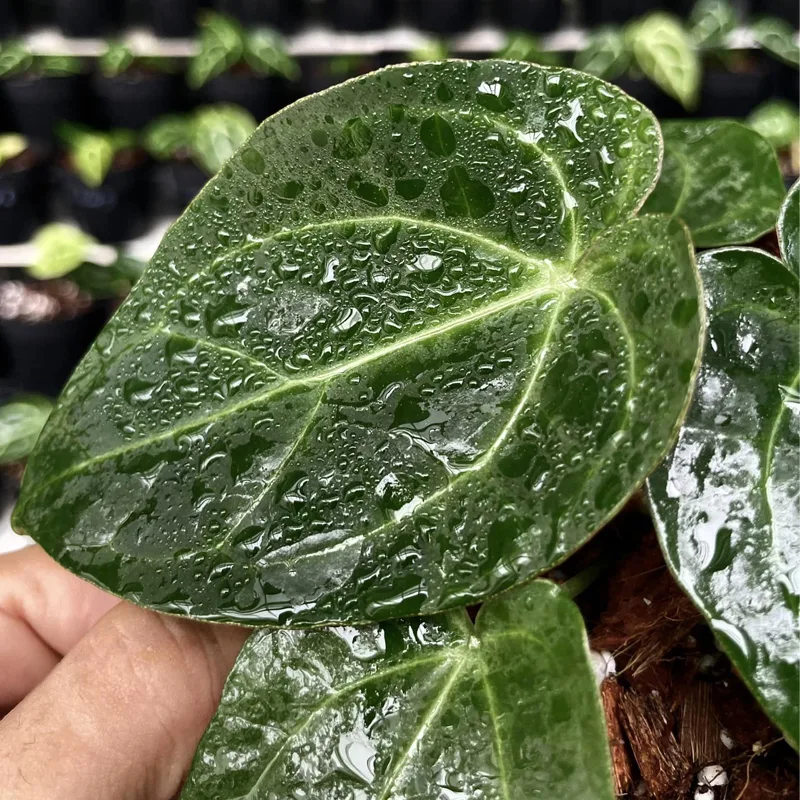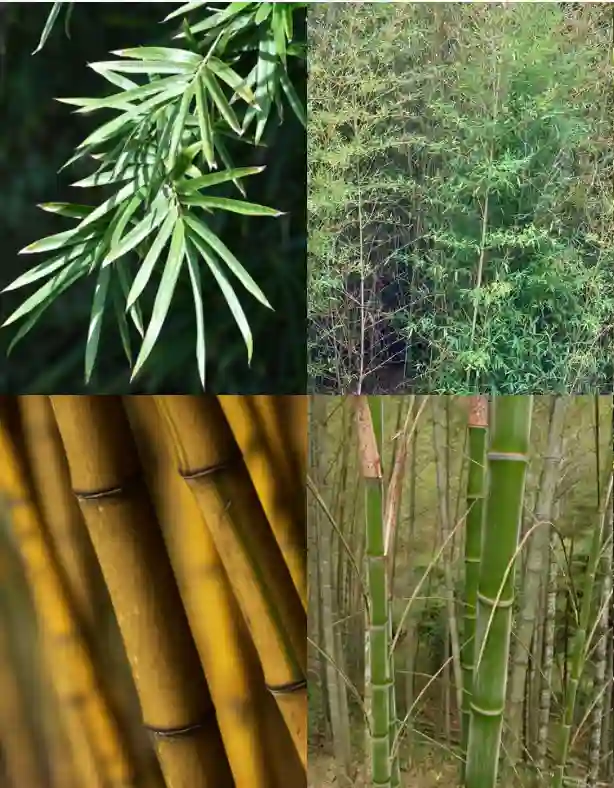Kokia: A Hawaiian Treasure
My name is Ferb Vu, and I’m fascinated by the rare and beautiful flora of the Hawaiian islands. Of particular interest to me is the genus Kokia, a group of flowering plants in the mallow family, Malvaceae. These plants, known colloquially as “treecotton,” are endemic to Hawaii, meaning they are found nowhere else in the world. Sadly, they are also critically endangered, with some species clinging to existence by a thread. I’m drawn to their story of resilience and the urgent need for their conservation.
A Closer Look at Kokia
Imagine a small tree, reaching skyward with broad, lobed leaves reminiscent of maple. Now picture vibrant, hibiscus-like flowers blooming in shades of red, orange, or yellow, their petals unfurling like delicate crepe paper. This is the essence of Kokia. These trees, once more widespread, now exist in fragmented populations, threatened by habitat loss, invasive species, and the impacts of climate change.
Species of Kokia
The genus Kokia comprises four known species, each with its unique characteristics and struggles:
- Kokia cookei (Molokaʻi treecotton): This species, endemic to the island of Molokaʻi, is perhaps the most famous and also the most endangered. Its striking red flowers, once thought to be extinct in the wild, were rediscovered in the 1970s.
- Kokia drynarioides (Hawaiian treecotton): Found on the island of Hawaiʻi, this species is characterized by its large, brick-red flowers and distinctive leaves. It faces threats from habitat degradation and competition with invasive plants.
- Kokia kauaiensis (Kauaʻi Kokiʻo): Endemic to Kauaʻi, this species boasts bright orange flowers and is also critically endangered. Its survival hinges on conservation efforts and the protection of its remaining habitat.
- Kokia lanceolata (Oʻahu Kokiʻo): Sadly, this species, once native to Oʻahu, is now considered extinct. Its story serves as a stark reminder of the fragility of island ecosystems and the importance of conservation.
The Plight of Kokia
The story of Kokia is a poignant one. These trees, once integral to the Hawaiian landscape, now face an uncertain future. Their decline is a reflection of the broader environmental challenges facing Hawaii and island ecosystems worldwide. Habitat destruction, driven by human development and agriculture, has fragmented their populations. Invasive species, introduced intentionally or accidentally, compete for resources and disrupt the delicate balance of the ecosystem. And climate change, with its rising temperatures and altered rainfall patterns, further threatens their survival.
Conservation Efforts
Despite the challenges, there is hope for Kokia. Dedicated individuals and organizations are working tirelessly to protect these remarkable plants. Conservation efforts include seed collection and storage, propagation in nurseries, and outplanting in protected areas. Community engagement and education are also crucial, fostering awareness and encouraging stewardship of these precious resources.
A Call to Action
The story of Kokia is a reminder of our interconnectedness with the natural world and the responsibility we bear to protect it. These trees, with their vibrant blooms and tenacious spirit, represent the unique biodiversity of Hawaii and the importance of preserving our planet’s natural heritage. By supporting conservation efforts, advocating for environmental protection, and making conscious choices in our daily lives, we can help ensure that Kokia and other endangered species have a chance to thrive for generations to come.
In Conclusion
As I continue to learn about Kokia and the challenges they face, I am inspired by the dedication of those working to protect them. Their efforts offer a beacon of hope in the face of adversity. The story of Kokia is a story of resilience, a story of hope, and a story that reminds us of the importance of cherishing and protecting the natural wonders that surround us.
If i die, water my plants!



